PRESS RELEASE: A new research perspective was published in Aging’s Volume 15, Issue 20, entitled, “Cholinergic centro-cingulate network in Parkinson disease and normal aging.”
Aging (Aging-US) Authors
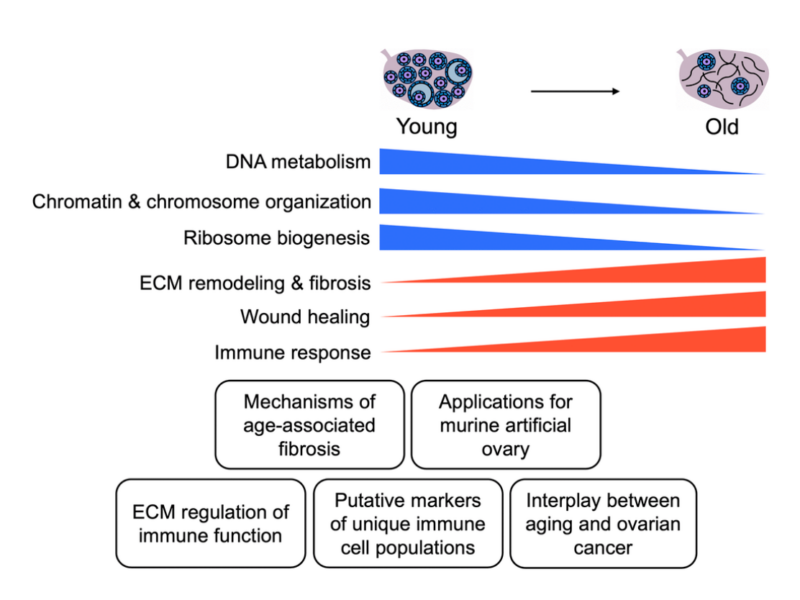
PRESS RELEASE: A new priority research paper was published on the cover of Aging’s Volume 15, Issue 20, entitled, “Proteomic quantification of native and ECM-enriched mouse ovaries reveals an age-dependent fibro-inflammatory signature.”
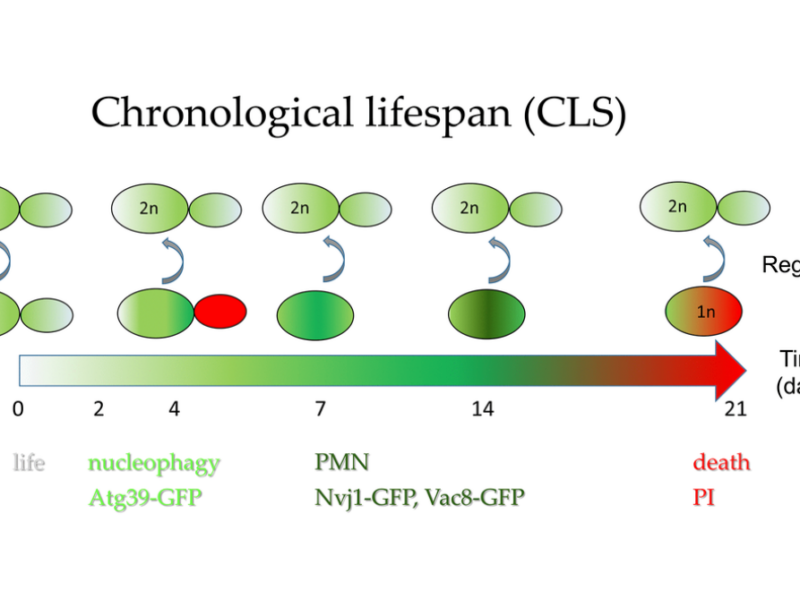
PRESS RELEASE: A new research paper was published in Aging’s Volume 15, Issue 19, entitled, “Live while the DNA lasts. The role of autophagy in DNA loss and survival of diploid yeast cells during chronological aging.”
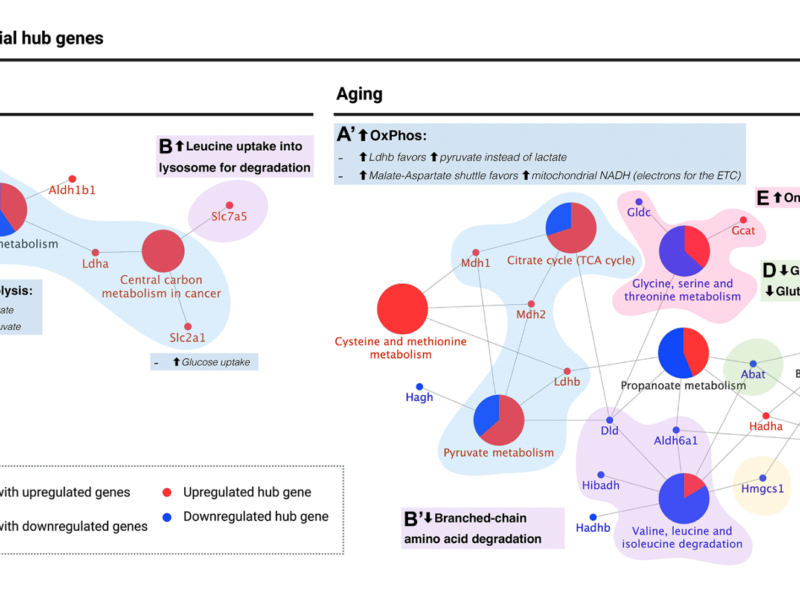
PRESS RELEASE: A new research paper was published in Aging’s Volume 15, Issue 19, entitled, “Metabolic switch in the aging astrocyte supported via integrative approach comprising network and transcriptome analyses.”
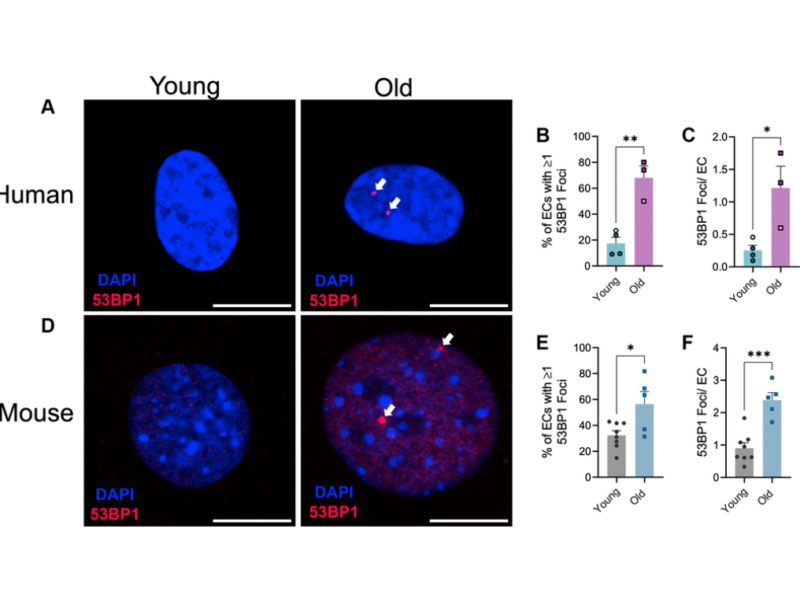
PRESS RELEASE: A new research paper was published in Aging’s Volume 15, Issue 19, entitled, “Reduction of double-strand DNA break repair exacerbates vascular aging.”
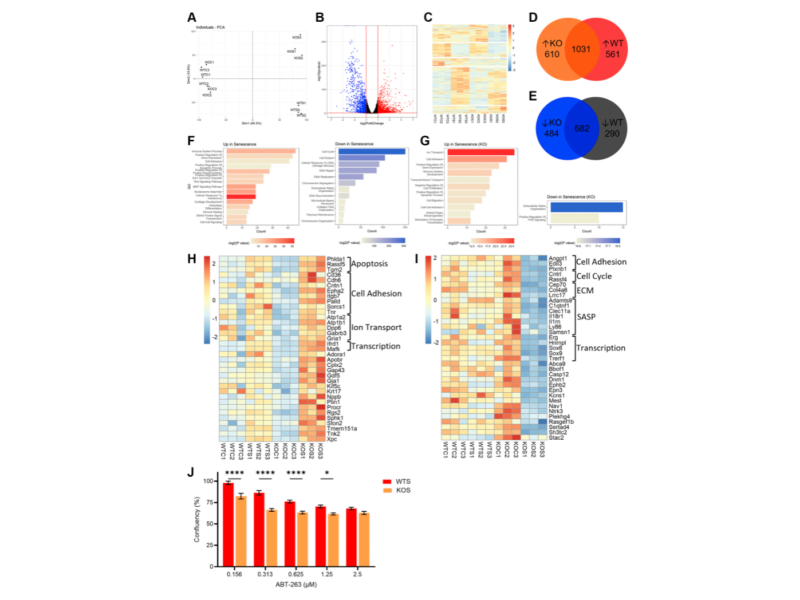
PRESS RELEASE: A new research paper was published on the cover of Aging’s Volume 15, Issue 19, entitled, “BMAL1 modulates senescence programming via AP-1.”
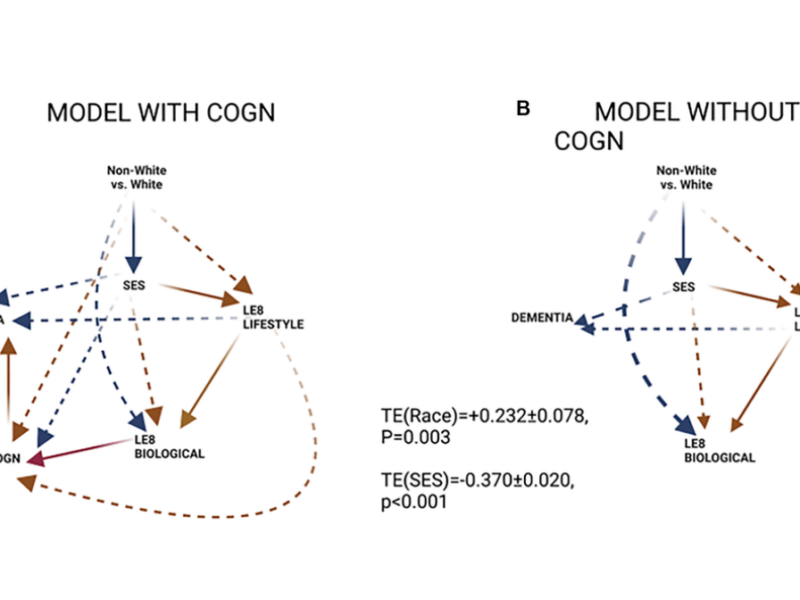
PRESS RELEASE: A new research paper was published in Aging’s Volume 15, Issue 18, entitled, “Pathways explaining racial/ethnic and socio-economic disparities in dementia incidence: the UK Biobank study.”
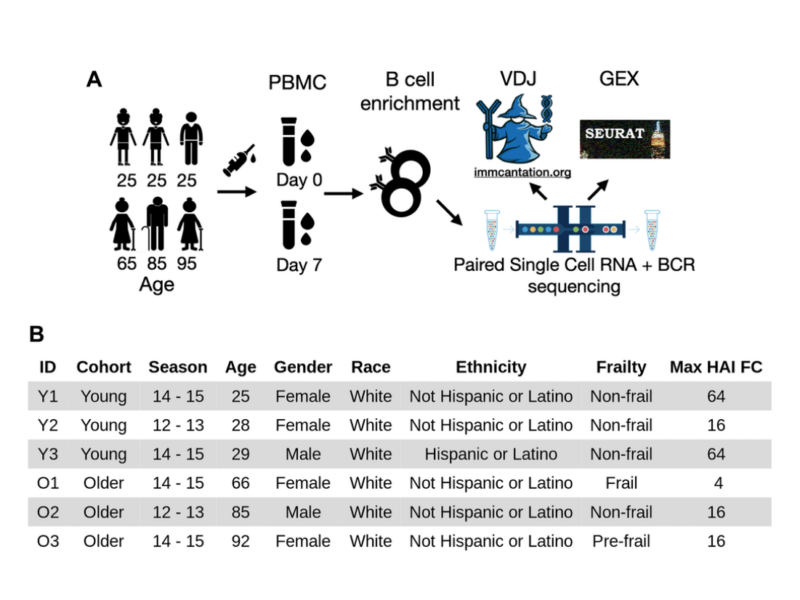
PRESS RELEASE: A new research paper was published in Aging’s Volume 15, Issue 18, entitled, “High-throughput single-cell profiling of B cell responses following inactivated influenza vaccination in young and older adults.”
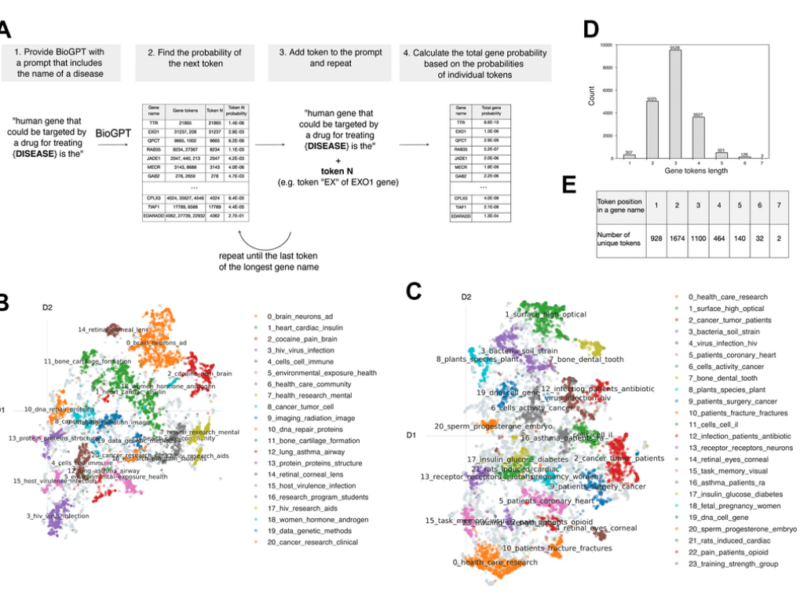
PRESS RELEASE: A new research paper was published in Aging’s Volume 15, Issue 18, entitled, “Biomedical generative pre-trained based transformer language model for age-related disease target discovery.”

PRESS RELEASE: A new editorial paper was published in Aging’s Volume 15, Issue 17, entitled, “Promising trends in lung cancer care, but are we overlooking the majority?”